IPS vs OLED Monitors: How to Choose?

IPS vs OLED Monitors
OLED monitors and IPS monitors are two different display technologies with some different characteristics.OLED is self-illuminating, IPS belongs to LCD, and needs to be illuminated by the backlight to display; OLED screen is lighter and thinner, and can be made into a flexible screen. It has a wide color gamut, high contrast, and fast response speed; Features such as large viewing angle, accurate color, stable picture, environmental protection, and power saving.
The Difference Between IPS and OLED
1.Technical Principle
OLED monitors (Organic Light Emitting Diode) use organic materials as light-emitting materials, and these materials are stimulated by electric current to make them emit light. The IPS monitor (In-Plane Switching) uses liquid crystal technology to control the transmittance and color of light by adjusting the direction of liquid crystal molecules.
2.Contrast and Black Performance
The light-emitting principle of the OLED monitor makes it have excellent contrast and black performance. Because each pixel can emit light independently, OLED monitors can achieve true black, that is, turn off the pixels completely. However, due to the limitations of its liquid crystal technology, IPS monitors have a certain amount of light transmission even in black pixels, making the black color performance inferior to that of OLEDs.
3.Viewing Angle
IPS monitors perform better when it comes to viewing angles. Since the IPS monitor uses liquid crystal technology, its display effect changes relatively little under different viewing angles. However, due to the limitations of its light-emitting principle, OLED monitors may have certain color shifts and brightness changes for different viewing angles.Just like 17.3 inch 1440P Monitor use IPS screen to bring different gaming and working experience.
Among other things, IPS monitors can be more power-hungry than OLED monitors because they require a backlight and can be more expensive. OLED monitors are also prone to burn-in issues with image retention, as organic matter can leave marks on the screen, but this can be mitigated by using pixel-shifting techniques.
Therefore, which display technology to choose from depends on your needs and preferences. If viewing experience and color reproduction are more important to you, then an IPS monitor might be a better choice. In contrast, black levels, and viewing angles are more important to you, then an OLED monitor might be more for you.





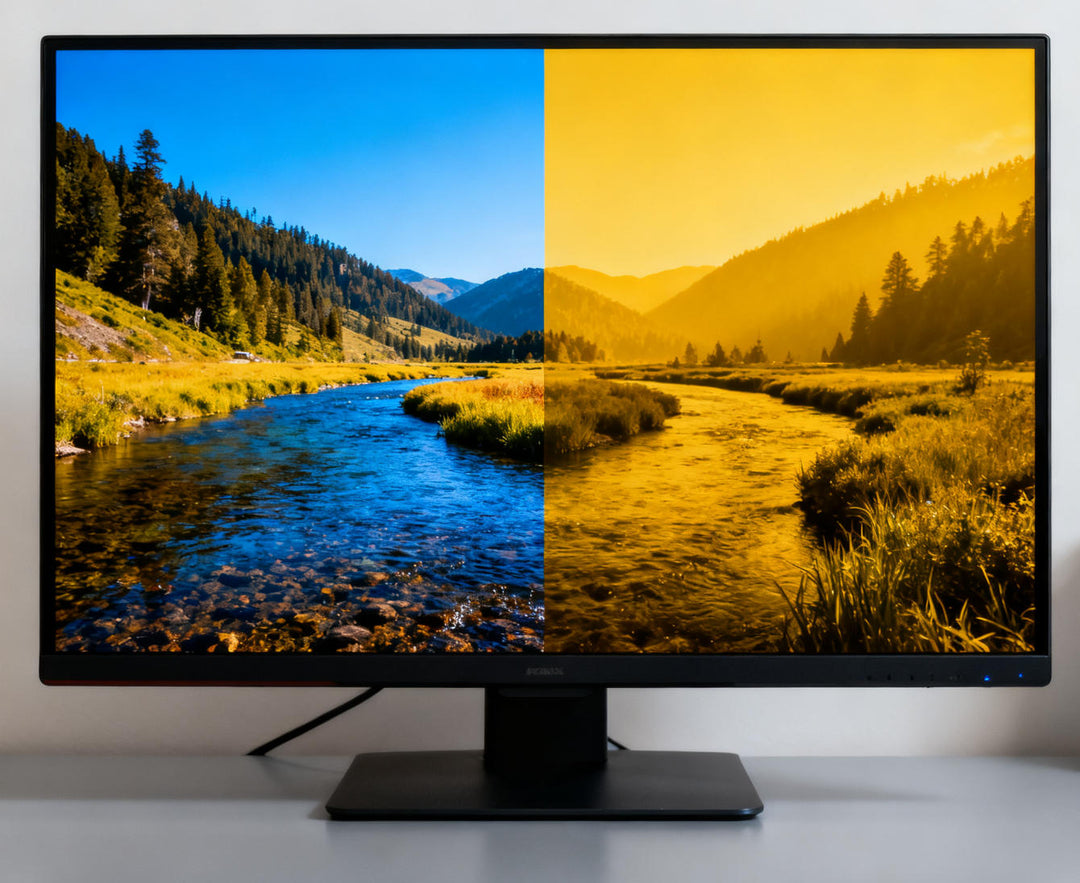
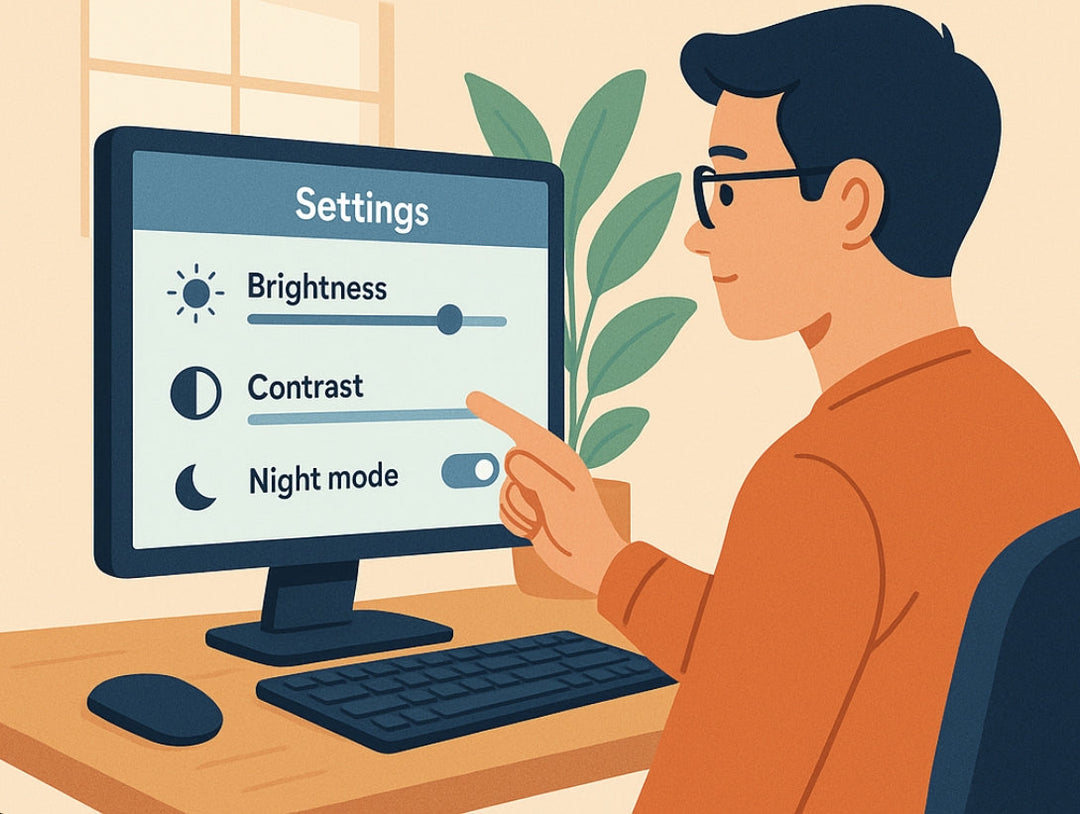
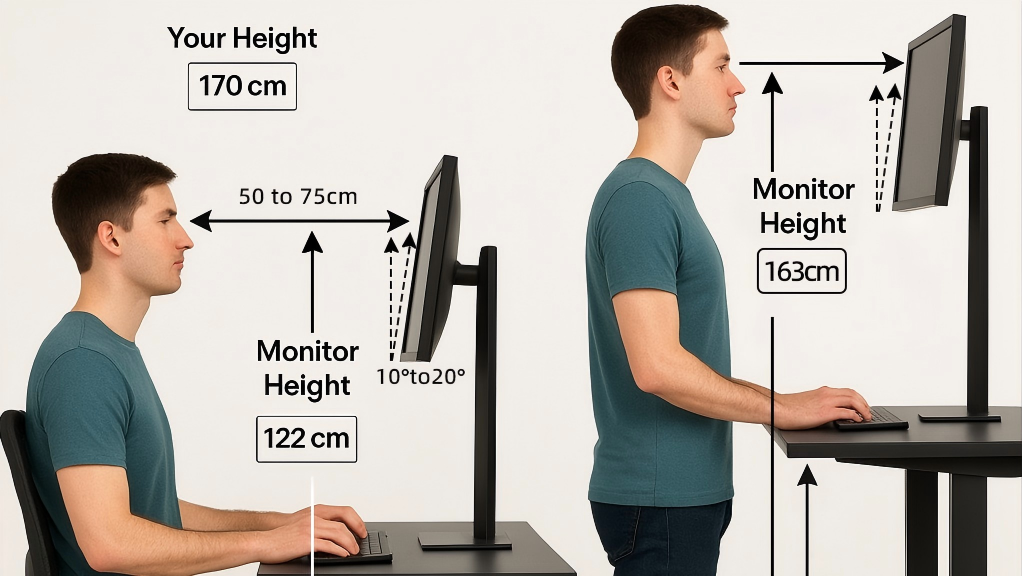
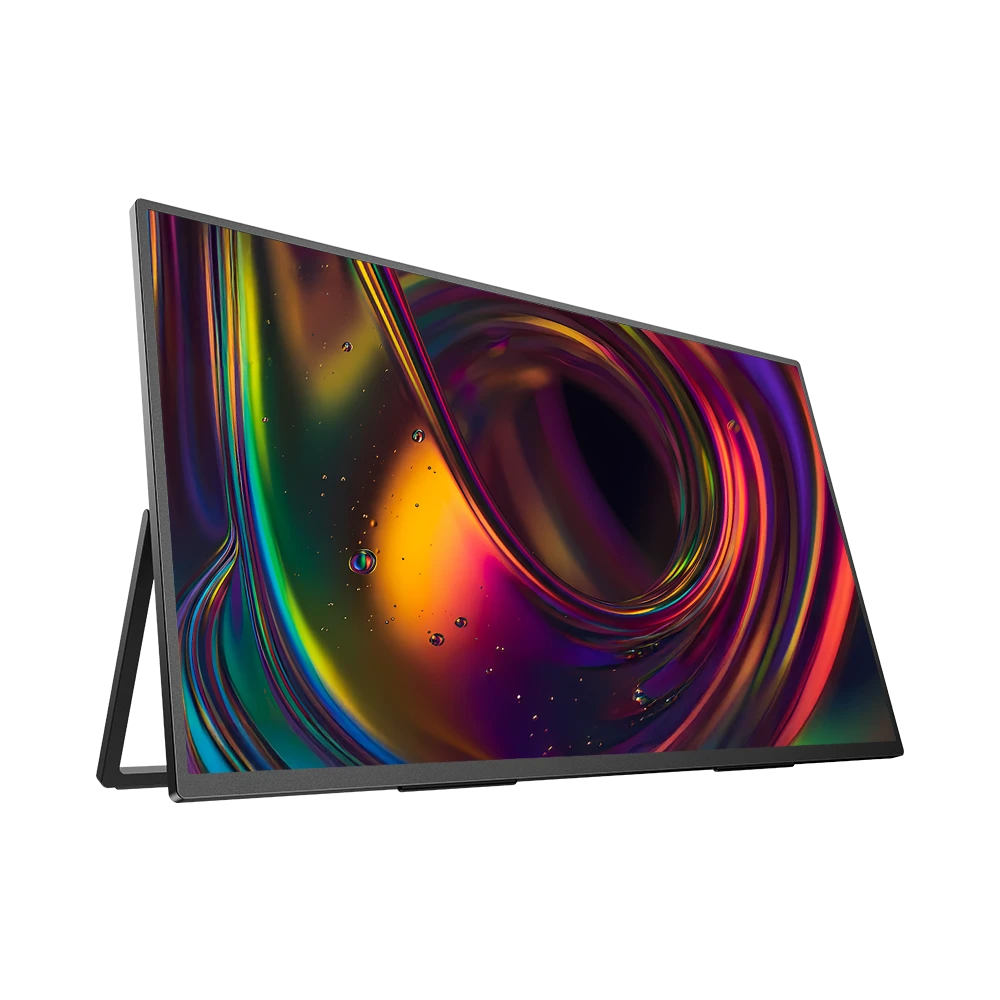
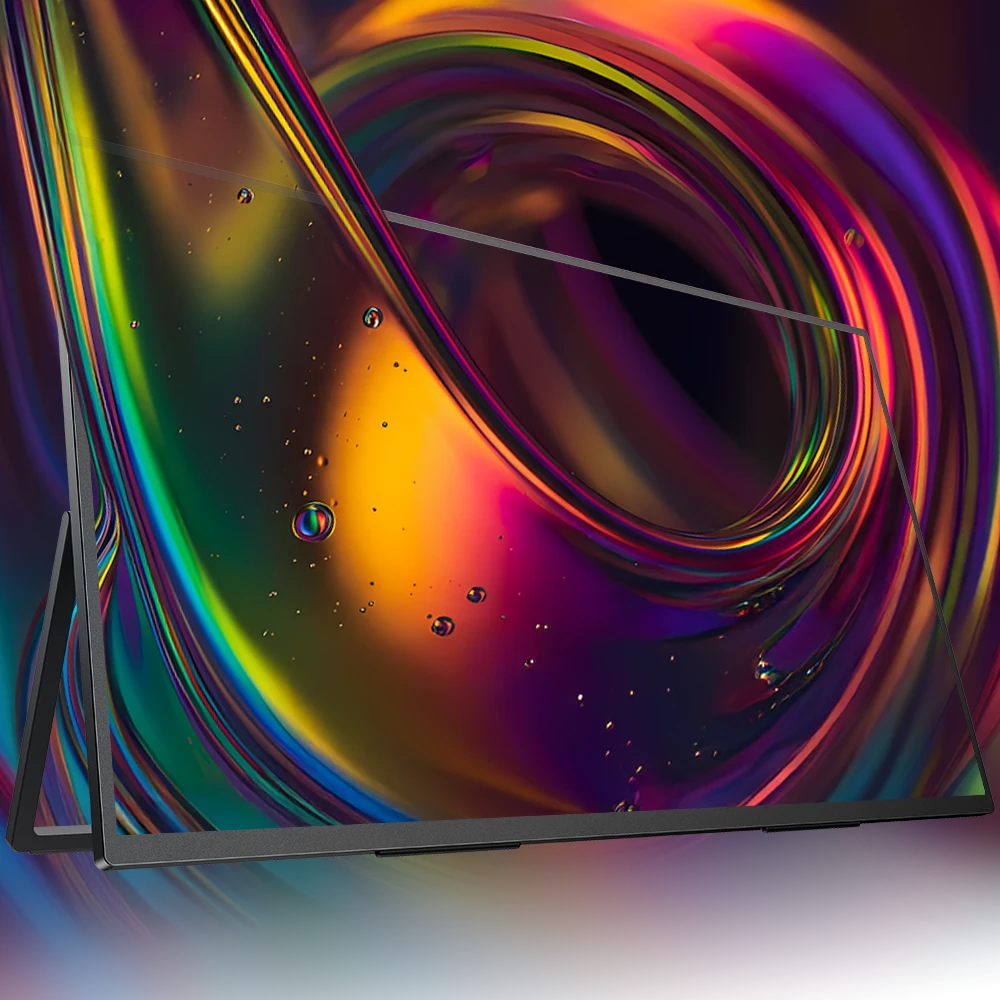
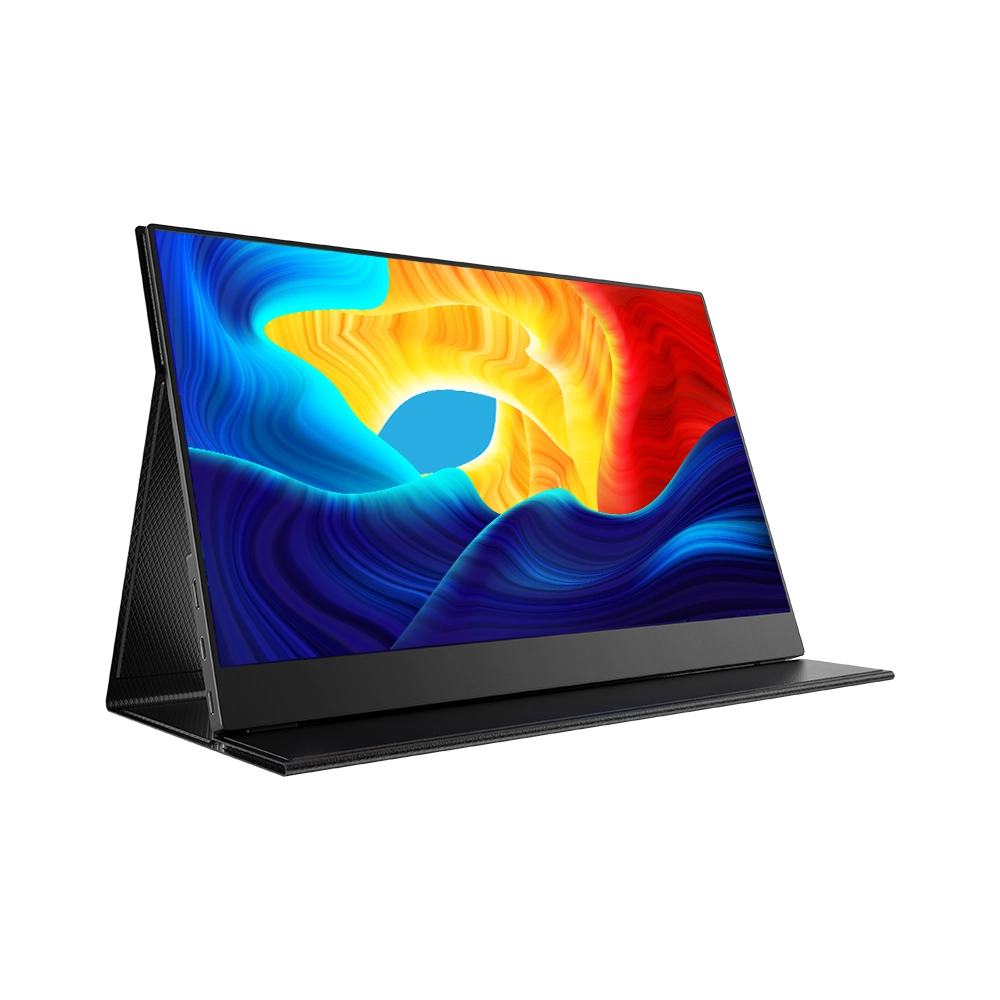
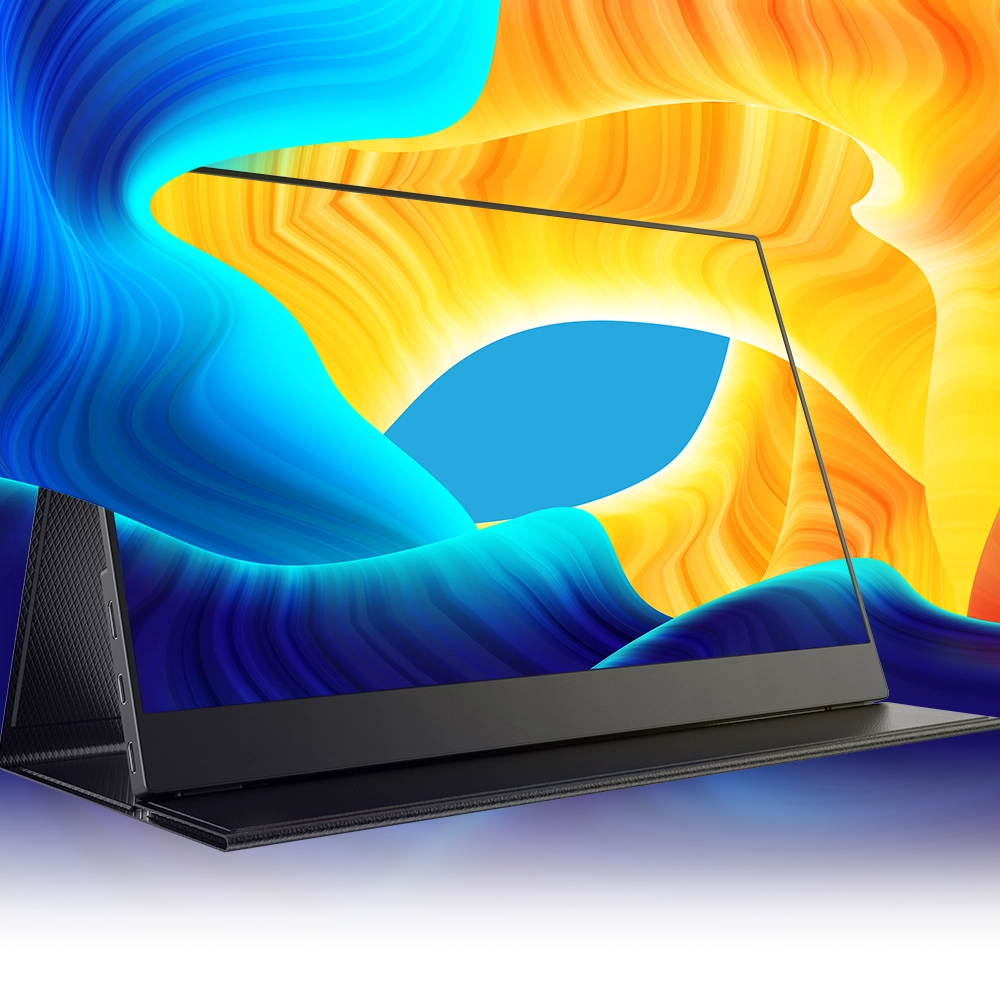
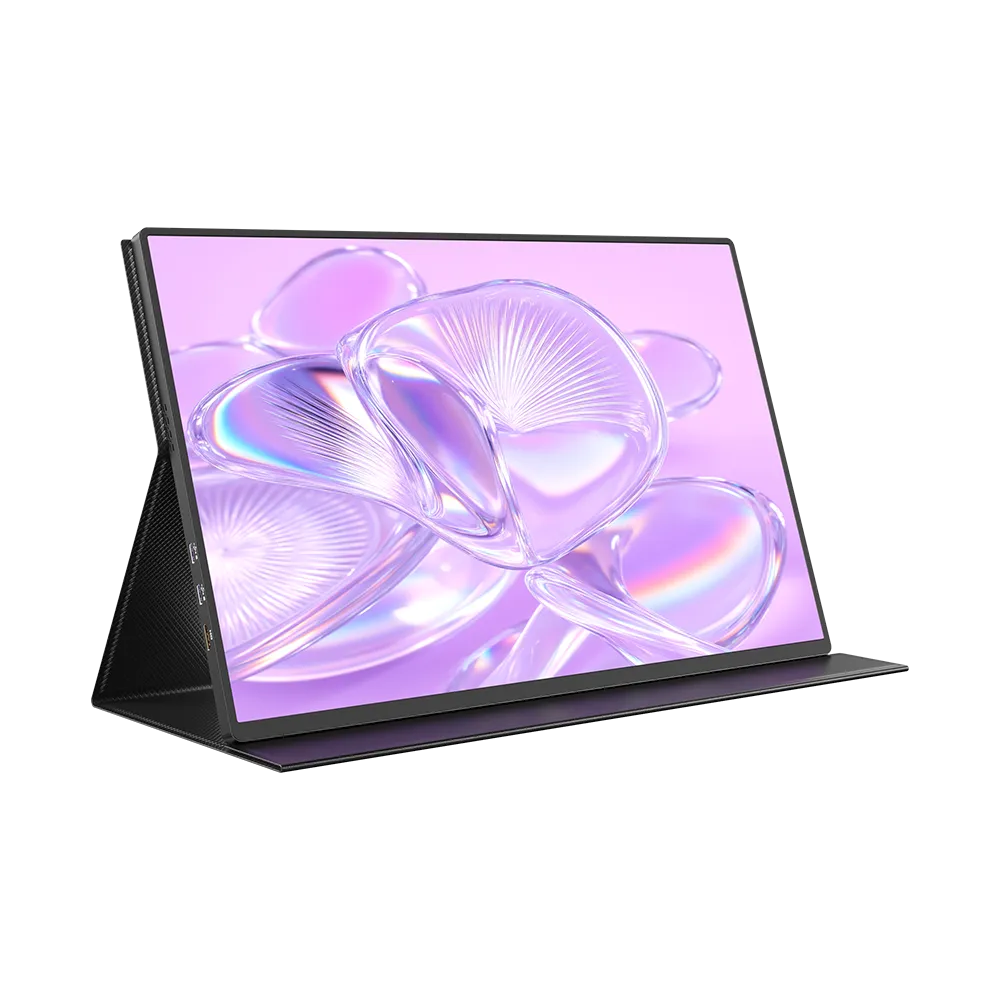
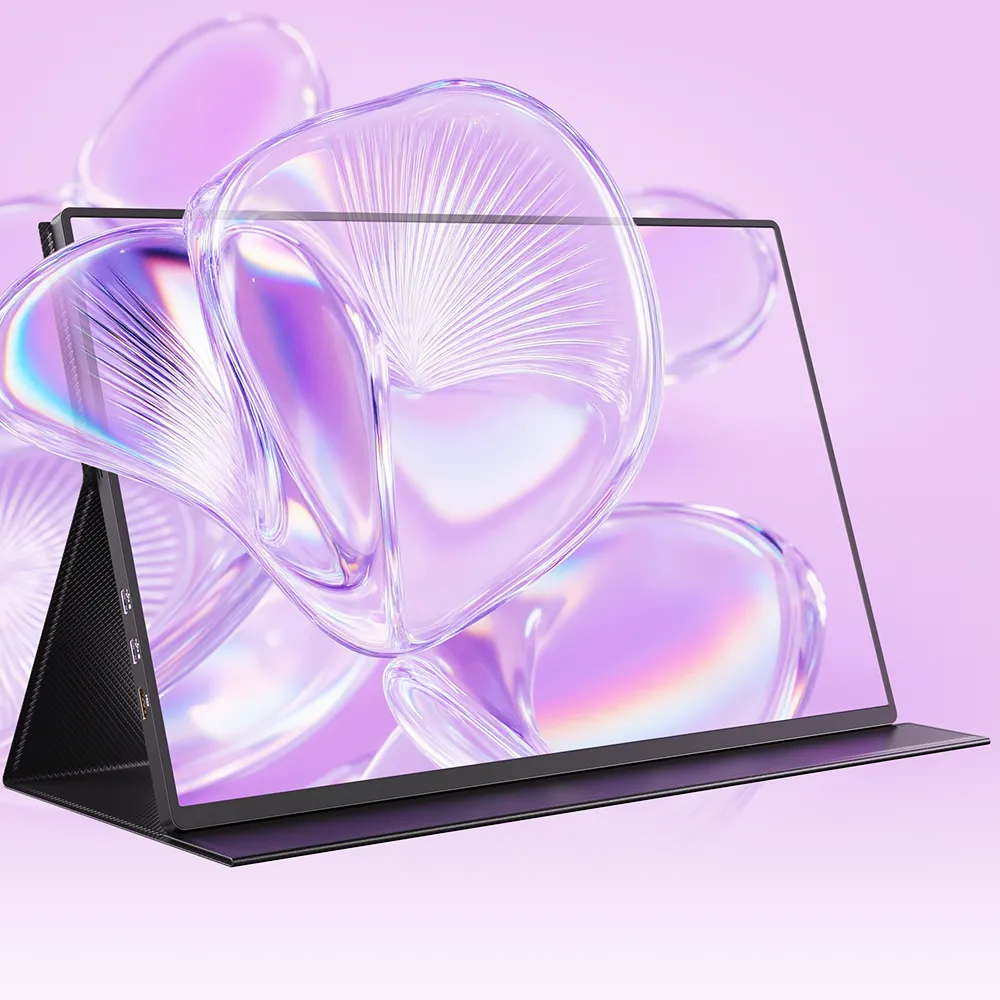





Leave a comment